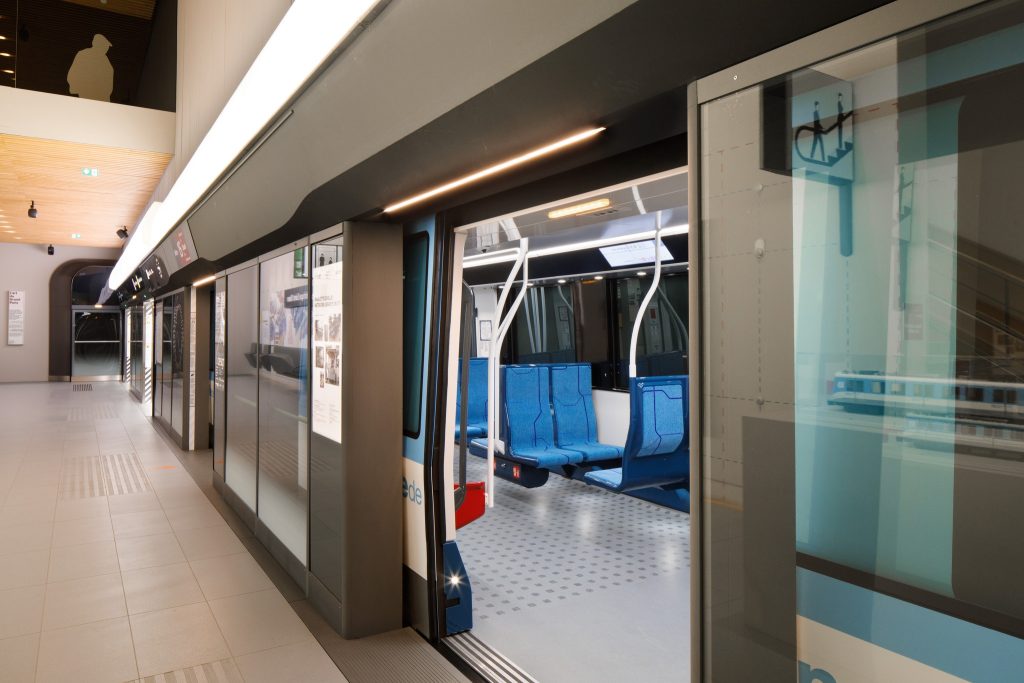Parisian metro rail company Transilien in Paris, France, is innovating with a new information service available on platform screens, namely how crowded the next metro train and carriages are.

This new service allows passengers to check the crowding on board trains and carriages and to position themselves so that they board a less busy carriage. This service has been progressively implemented since the beginning of the year on lines equipped with trains that have sensors above the doors that count the number of passengers boarding and leaving the train at each stop.
Passengers on the N, H, L and J lines now have this information on service screens located on the platforms and will be rolled out on the P, K, R and some RER E stations by the end of June.
Congestion counters on the next metro train
This information is also available on transilien.com on all lines equipped with trains with door counters.
Car crowding information is also available on transilien.com The level of carriage crowding is also available on the transilien.com website in the sections Route search and Next departures, for trains currently running on lines equipped with door sensor equipment, i.e. on H, J, K, L, N, P, R and partly on RER E.
Trains compatible with this service are equipped with infrared sensors above each door. They count the number of passengers entering and leaving the train at each station. By comparing these figures with the capacity of the train, it becomes possible to calculate the occupancy rate of the train. When the train leaves a station, it transmits this counting information in real time to Transilien’s computer systems, making it possible to update the occupancy display at the next 4 stations.
The train’s occupancy is displayed on the platform at three levels of inflow/occupancy. The French consider that information on how crowded Transilien trains has become a major expectation regularly expressed by passengers since the COVID epidemic.
Over 75% of passengers on all Transilien lines expressed satisfaction with this feature. The main advantages are: being able to choose a less crowded train when you can easily adapt your timetable or when you are loaded, when you have to travel seated or even knowing what to expect.
Controlled passenger numbers, well evened out between trains and within the same train, is also a way to improve regularity. Better passenger distribution avoids ‘traffic blocks’ in certain areas, for example at the head or tail of trains to be closer to the exit. Knowing in advance that one part of the train is already full while another is lightly used will encourage passengers to stretch out and make the journey more pleasant for everyone.
The flow of passengers getting on and off the train will be quicker, so the train will depart faster at the next stop. Finally, a final positive point cited by passengers interviewed is limiting pushing and crowding during peak times, which can be particularly difficult for frail people.



